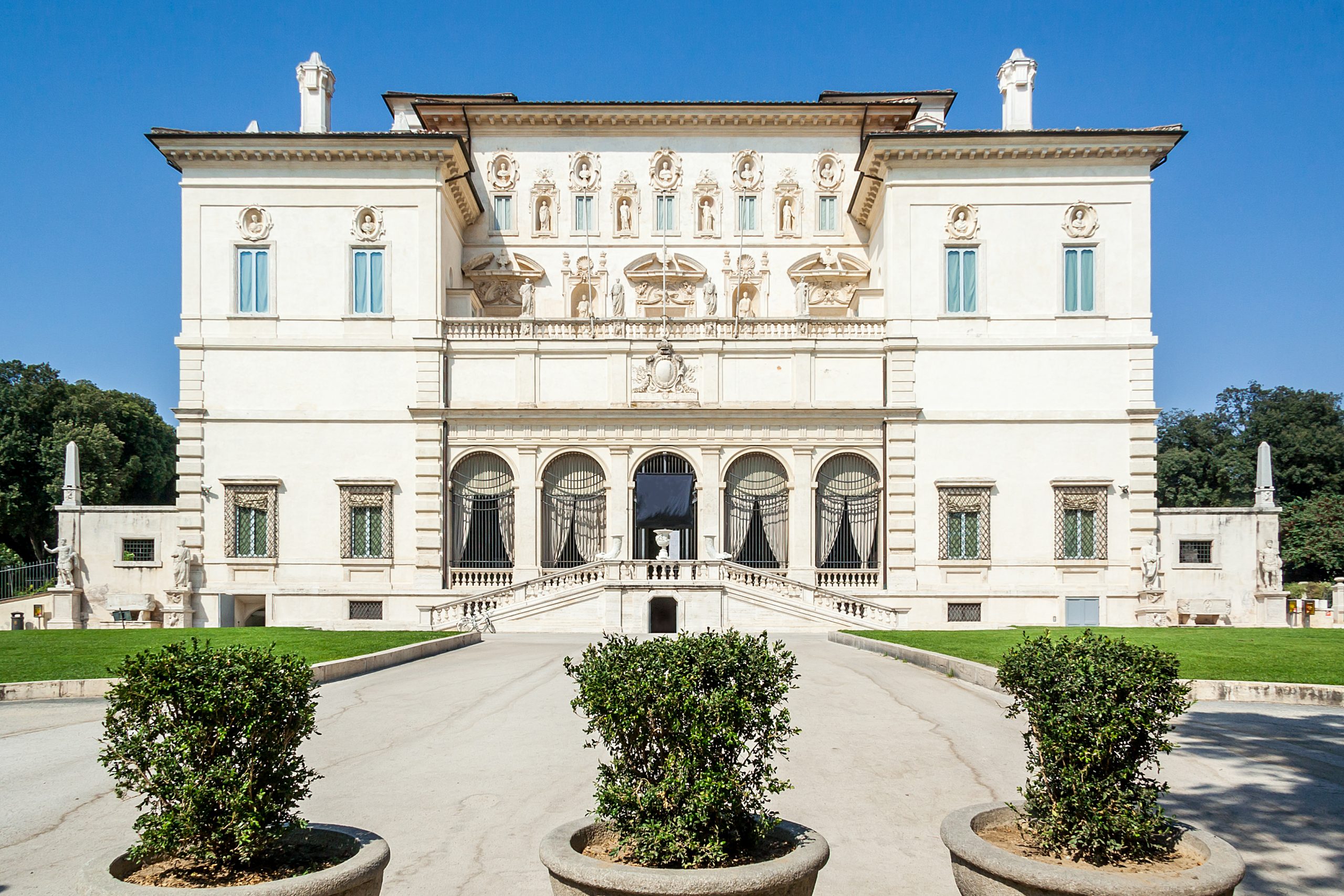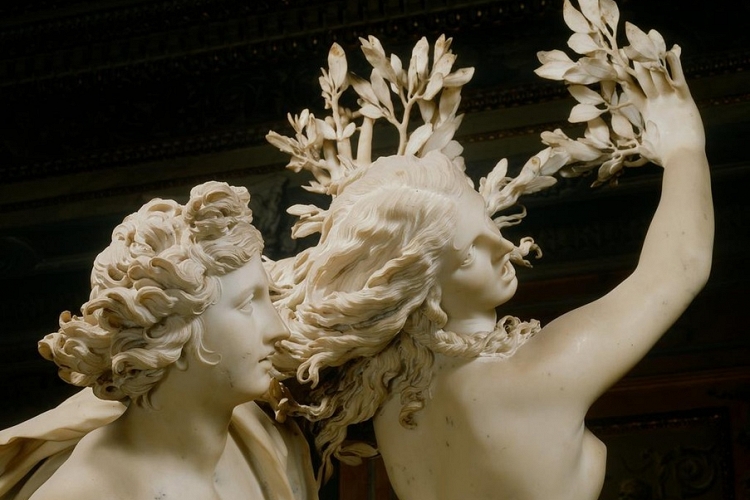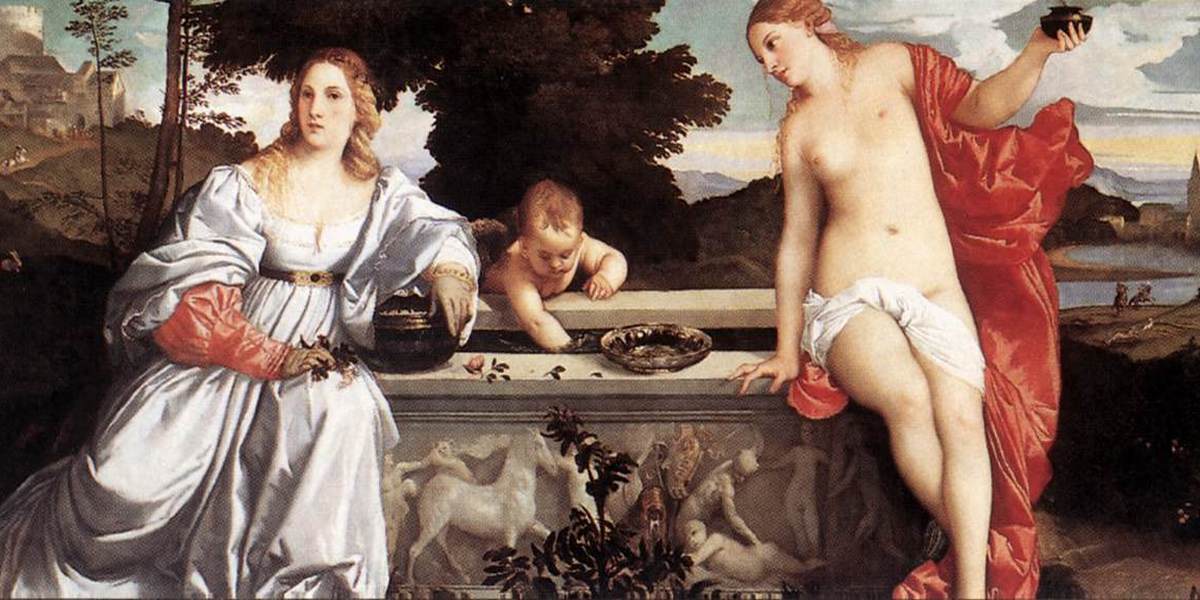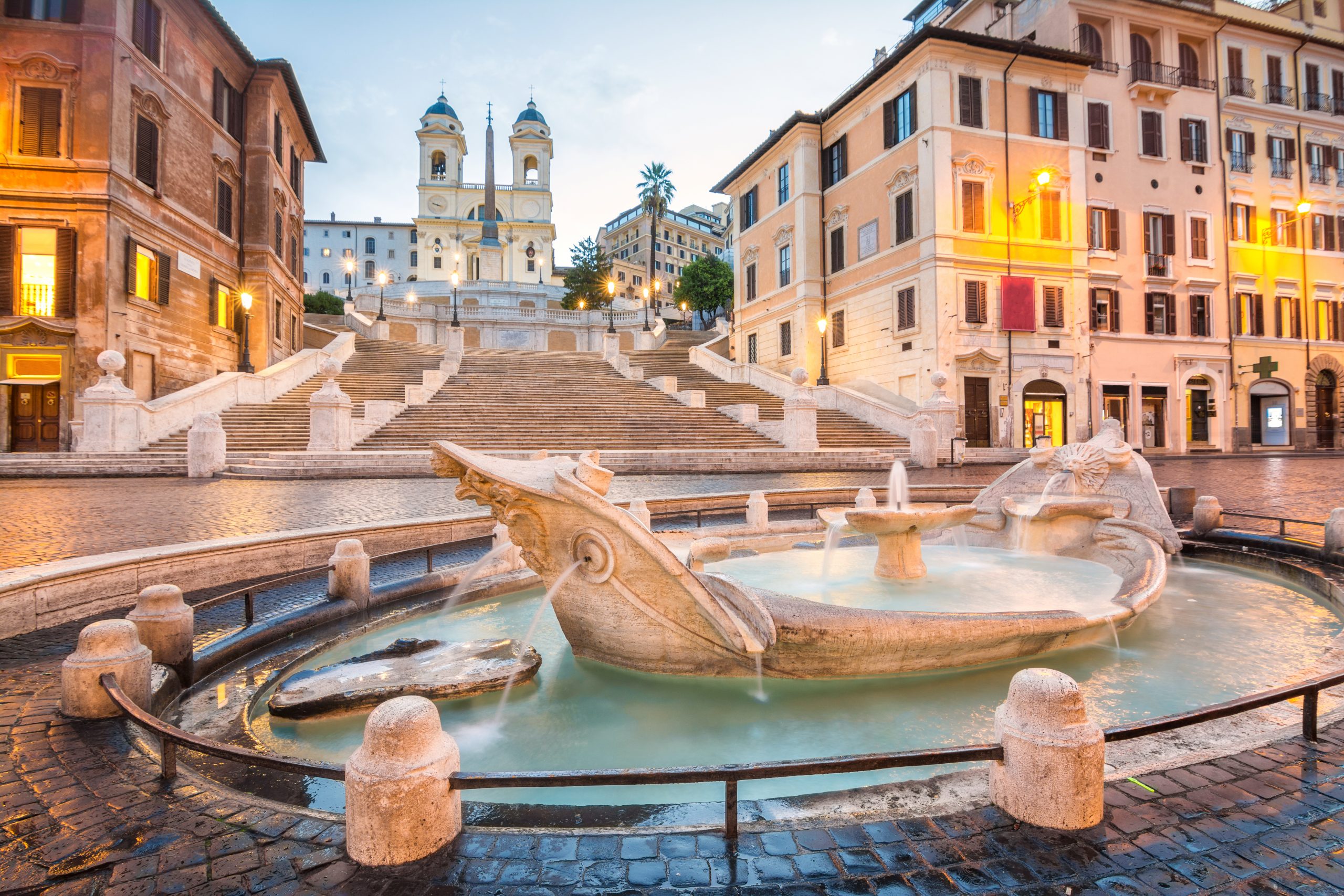Borghese Gallery
The Borghese Gallery is undoubtedly one of Rome’s most beautiful museums, housed in an elegant 17th century palace built by Cardinal Scipione Borghese. Surrounded in extensive gardens called the Villa Borghese (today a huge inner-city public park) the Borghese gallery is a must see if Renaissance and Baroque art is your passion; it has the largest single collection of works by Caravaggio and Bernini as well as masterpieces by Botticelli, Raphael, Titian and Rubens to name just a few. The stunning collection was amassed over three hundred years by the Borghese family, many are personal pieces that have never left the collection. The villa, extensive art collection and private gardens was acquired by the Italian state in 1904 and was opened to the public


Scipione Borghese was a fabulously wealthy man with a passion for art, he was a kind of talent spotter and avid collector who encouraged both Bernini and Caravaggio. He was ruthless when it came to getting his hands on the masterpieces that had taken his fancy including bribery, intimidation and theft. The majority of the collection was started by this extraordinary man who had an eclectic taste and often took pieces that others had refused. The villa, built in 1605 to house his extensive private art collection was a villa suburbana – a party palace used for entertaining by day. The extensive parklands included aviaries with exotic birds and secret gardens with numerous imported plants and fruit trees.
Whilst the Borghese gallery is compact (only two floors) there is a great deal to see. The ground floor boasts a fine collection of classical sculpture and mosaics displayed alongside baroque masterpieces including an entire room dedicated to Caravaggio. Also on the ground floor are Bernini’s earliest and most impressive free-standing statues including ‘Apollo and Daphne’, ‘Rape of Proserpine’ and his version of ‘David’. Old and new mingle together; you can meet Napoleon’s sister Paolina Bonaparte who married Camillo Borghese and commissioned a nude statue of herself from Antonio Canova that shocked the Romans of the early 1800s.


The first floor is dedicated to paintings from the different Italian schools, including Renaissance and Baroque heavyweights like Botticelli, Raphael, Titian, Correggio and many more as well as some prize pieces by other Northern European artists like Cranach and Rubens. Highlights on this floor are some early sculptures by Bernini, Raphael’s ‘deposition’ famously stolen from a church in Perugia and Titian’s ‘sacred and profane love’ which became the signature piece of the Borghese and was highly sought after (even by the Rothschilds)
One of the pleasures of the Borghese is that numbers are limited with timed entrance every two hours; this means that you can enjoy the collection without the crowds, but you only have two hours inside. This also means that tickets are in demand!
We recommend booking tickets in advance as they are rarely available on the day and sometimes booked up weeks in advance. With a guided tour you will see the highlights of the museum as well as hearing about the artists and the villa’s eccentric patron and his unscrupulous methods for acquiring his art.


